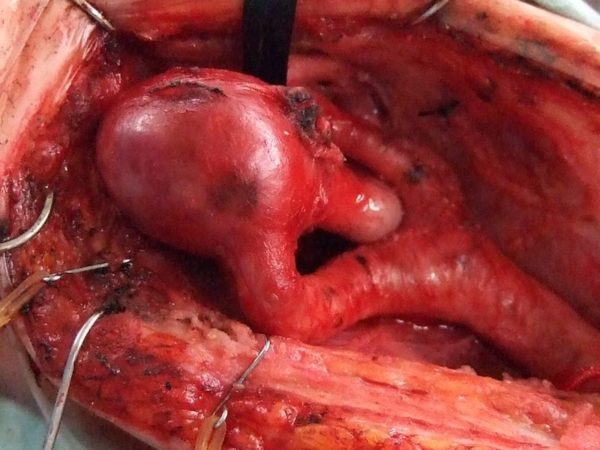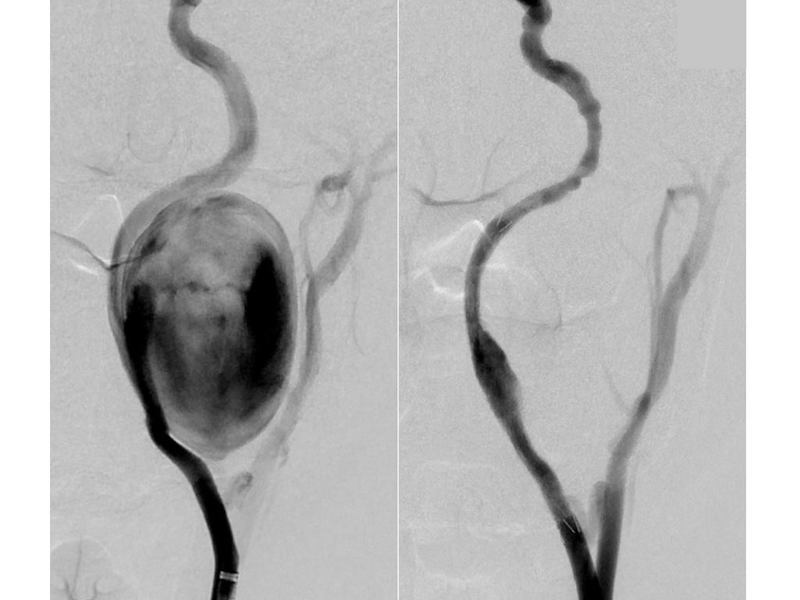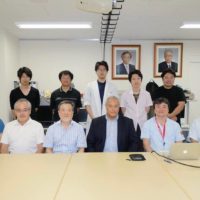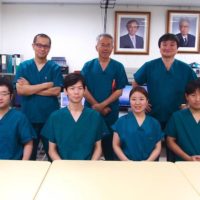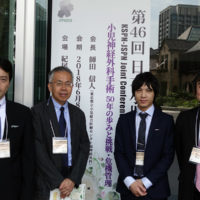当科の後期研修医、山本修輔先生の論文「頭蓋外内頚動脈瘤6例に対する外科治療および血管内治療」が、Journal of Stroke and Cerebrovascular Diseasesに掲載されました。脳血行再建術を駆使した外科治療、様々なデバイスを駆使した血管内治療によって今まで以上に低侵襲、安全かつ確実な治療が可能となりつつあります。
A Voyage to Depth of Neuroscience Vol. 33
Our resident, Dr. Shusuke Yamamoto and colleagues have published their case series article, entitled “Surgical and Endovascular Treatments of Extracranial Carotid Artery Aneurysms-Report of Six Cases”.
Yamamoto S, Akioka N, Kashiwazaki D, Koh M, Kuwayama N, Kuroda S: Surgical and Endovascular Treatments of Extracranial Carotid Artery Aneurysms-Report of Six Cases. J Stroke Cerebrovasc Dis. 2017 Jul;26(7):1481-1486.
BACKGROUND: Although the natural course of extracranial carotid artery aneurysms (ECAAs) is still unknown, they may cause stroke or cranial nerve dysfunction unless they are treated. In this report, we reviewed the clinical results of 6 patients who underwent endovascular and surgical treatments for ECAAs.
METHODS: A total of 6 patients underwent endovascular and surgical treatments for ECAAs for 9 years. The primary causes of ECAAs included Marfan syndrome (1 patient), infection (1 patient), trauma (2 patients), and unknown (2 patients). All 6 ECAAs were symptomatic.
RESULTS: One patient underwent surgical resection of the ECAA followed by end-to-end anastomosis of the internal carotid artery (ICA). Another patient underwent proximal ICA ligation combined with high-flow external carotid artery-to-middle cerebral artery bypass using a radial artery graft, because the patient also had a giant thrombosed aneurysm in the cavernous portion of the ipsilateral ICA. Endovascular treatment was selected in the other 4 patients using a covered stent or a bare metal stent combined with coil embolization. Of these patients, one required proximal ICA ligation followed by superficial temporal artery-to-middle cerebral artery anastomosis due to an anatomical problem for stent placement. There was no neurological deterioration at the discharge in all but 1 patient who suffered ischemic stroke during surgery.
CONCLUSION: Surgical or endovascular treatment yielded a relatively satisfactory outcome in patients with ECAAs.
